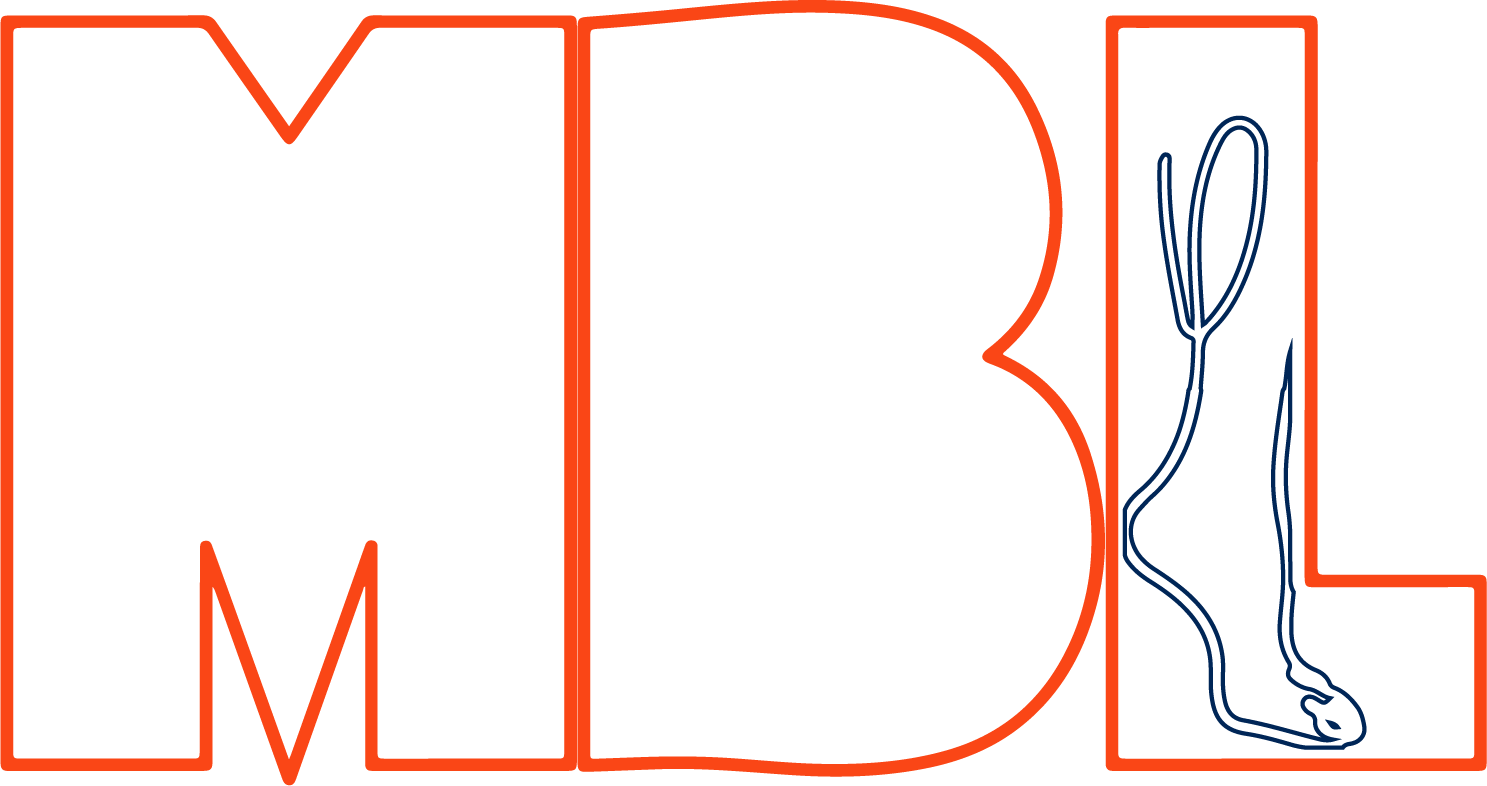Lab Overview
Biomechanics uses mechanical principles to study biological structures and their functions. In the Musculoskeletal Biomechanics Lab, we study how the structure of bones, joints, and muscles affect human movement. We are particularly interested in understanding how musculoskeletal disorders (e.g., osteoarthritis, fracture, joint pain, etc.) influence how humans move and interact with their environment. According to the U.S. Bone & Joint Initiative, nearly 127 million Americans (about 1 in 2 adults) are currently living with at least one musculoskeletal disorder.
Dr. Jennifer A. Nichols, the director of the Musculoskeletal Biomechanics Lab, and her team are creating predictive, biomechanical simulations in order to improve the functional ability and quality of life for individuals with musculoskeletal disorders. Predictive simulations utilize computer models to replicate how the musculoskeletal system responds to pathologies and treatments. In the future, predictive simulations could be a critical component of medical care by aiding patient-specific diagnostics and prognostics. For example, a predictive simulation could describe to what extent a given surgery or physical therapy program would support injury recovery and prevention. To enhance our understanding of musculoskeletal disorders and advance development of predictive simulations, we use a variety of experimental and computational methods, including 3D motion analysis, electromyography, medical imaging, musculoskeletal models, and computer simulations. Currently, we are using both experimental and simulation techniques to examine (1) how musculoskeletal disorders and their treatments alter anatomical structures, (2) how alterations in anatomical structure lead to changes in functional abilities, and (3) how functional abilities, such as the ability to walk or grasp objects, can be optimally restored through rehabilitation or surgery. We are also pursuing computationally-intensive projects to streamline how patient-specific musculoskeletal models are built and to create simulations of complex human movements, such as those executed by the wrist/hand and foot/ankle.
For us, biomechanics research is
Building Informative Open-source Models, Examining Complex Human Activities,
& Navigating Interpretation of Computer Simulations
